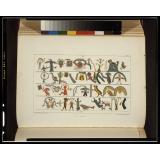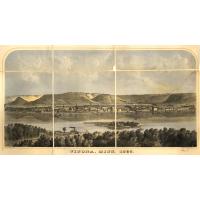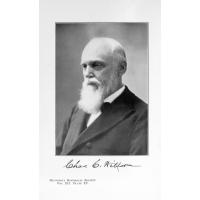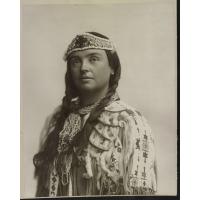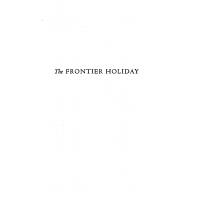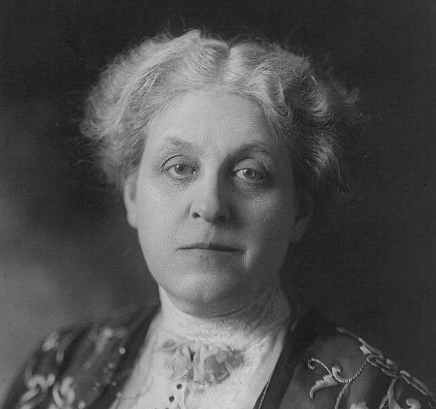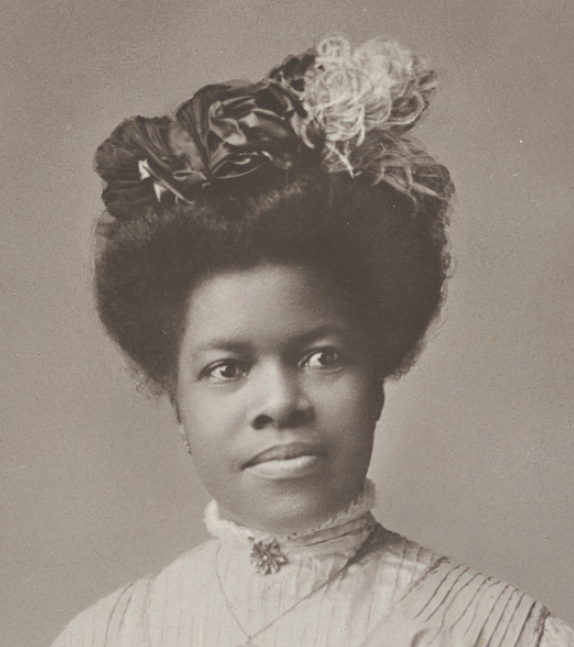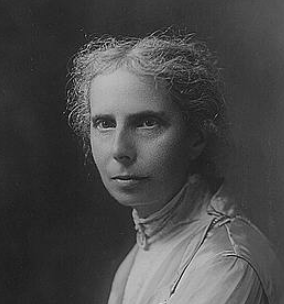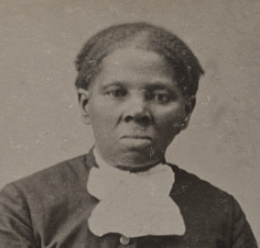Land acknowledgement statements are a way of honoring the indigenous people who owned ad lived on the land so many of us now call home. Cities, counties and arts organizations are some of the entities that have a land acknowledgement statement. The statements also inform us about past history. The example below is from an arts organization.
Frozen River Film Festival acknowledges that our organization, based in Winona/Keoxa, is situated on the ancestral and traditional lands of the Ochethi Sakowin, Wahpeton, Sauk, and Meskwaki. These and the surrounding nations of the Ho-Chunk, Ojibwe, Potawatomie, and Dakota remain the original, current, and future protectors of the land on which we stand today. We recognize the colonial settlers that took this land through predatory treaties. We honor the histories of this land before colonization. FRFF recognizes that we must hold ourselves responsible for respecting the ancestral names and histories of this area and its original stewards, and we need to carry that respect forward by better supporting indigenous community members and artists in the film industry. ( Frozen River Film Festival, https://www.frff.org/land-acknowledgement )
Group members are invited to share land acknowledgement statements from their communities
Social Studies/History 3 - 5 6 - 8 9 - 12 13+ Indigenous Land Winona, Minnesota Land Acknowledgement Statements
Replies displayed by creation date
I would be so very interested in learning what TPS Teachers Network users have experienced in terms of land acknowledgements in their own communities and schools. I sense that the quality of such statements must vary depending on how seriously the writers of these statements take the responsibility of researching and representing the original Indigenous stewards of these lands, as well as working with them today.
One of the most helpful resources I've found is A Guide to Indigenous Land Acknowledgement from the Native Governance Center in Minneapolis. Another is this Guide to Indigenous Land and Territorial Acknowledgements for Cultural Institutions, with links to still more resources. Finally, the Living Sky School Division in North Battleford, Saskatchewan, produced this delightful video with students called Why Do a Land Acknowledgement?
I have real concerns that the forward momentum of land acknowledgements could suffer in the current political climate. In a school district in my city, for example, the Director of Equity and Inclusion recently disbanded a "40-member volunteer team as a preemptive measure as her department prepares for the possible repercussions of the November school board election results." -Gazette, Colorado Springs, CO, Dec. 18, 2021
 Mary Alice Anderson
, I really like your idea of creating an album to represent the history behind your land acknowledgement example. I'm imagining such an album being shared before school boards and cultural institution boards. Just one more reminder that the Library of Congress serves all Americans.
Mary Alice Anderson
, I really like your idea of creating an album to represent the history behind your land acknowledgement example. I'm imagining such an album being shared before school boards and cultural institution boards. Just one more reminder that the Library of Congress serves all Americans.
Thank you for the additional links. I hope group members add local statements.to the album.
Arts and cultural organizations here are quite tuned in, at least from my perspective.
The Dakota Unity Alliance has been active for almost 20 years beginning with a fall event called the "Great Dakota Gathering." Some of the attendees are descendants of Chief Wapasha. The event is ongoing, although COVID brought a lull and now there is a "reset." The event is held at Lake Winona in the area known as "Unity Park"
Photo: https://winonadakotaunityalliance.org/gathering/ The rock in the back is known as "Sugar Loaf," or Wapasha's cap. (man made from quarrying)
Winona Dakota Unity Alliance (Mitakuye Oyasin- All our Relations)
Unity Park in Winona, MN home of the Annual Great Dakota Gathering and Wacipi (Powwow)
My inspiration for this post was a little project I did for the Historical Society. I made a list of all the Native words in the booklet about Wapasha's Prairie so they can be verified for spelling in the next edition.
I acknowledge that the North Dakota Heritage Center and State Museum here on the North Dakota Capitol complex sits on a tiny part of Mandan ancestral homeland where they have lived and traveled since time immemorial.
Here the Mandan flourished—raising corn, beans, squash, and sunflowers to nourish their families and to trade garden produce with other tribes up and down the Missouri River until their numbers were ravaged by European diseases.
Part of Mandan resilience is grounded in utilizing wild and cultivated plants and animals for sustenance, as well as medicine, which sustains them physically and mentally.
Working cooperatively, we can learn from and strive to be good stewards of the land and share our heritages in friendship.
Thank you,  Erik Holland
. It is interesting to see how indigenous gardens are starting to appear. Winona State University has replaced a "regular plant" garden with indigenous plants. Native students and staff were initiated the idea.
Erik Holland
. It is interesting to see how indigenous gardens are starting to appear. Winona State University has replaced a "regular plant" garden with indigenous plants. Native students and staff were initiated the idea.
On this cold day the image of corn, beans, squash and especially sunflowers is nice to envision.
My school district adopted a land acknowledgement and partnered with our local tribe to have a video produced (by a production company of that tribe) to help us teach the meaning and significance to all of our students. Our district had done something similar with that partnership when we started observing Treaty Day in our schools.
Short version of the video: https://www.youtube.com/watch?v=bRW-p9OvfaA
"We, the (Insert name of School, government agency, etc., e.g. Ferndale School District), acknowledge we are residing on the traditional, ancestral and unceded territory of the Lummi People. The Lummi People are the original inhabitants of Washington's northernmost coast and southern British Columbia. They lived in villages throughout this territory and continue to have an ongoing relationship with these areas. Since Time Immemorial they have celebrated life on their land, water ways and on the traditional, ancestral and unceded lands of their People to perpetuate their way of life. Please join us in taking a moment of silence as we honor their ancestors and as we acknowledge the past, present and future Lummi People as the original inhabitants of this land.”
Testimonials
- I love that there is new info on the site daily!
- I had a wonderful time working with the Library of Congress and learning about all of the resources at my fingertips!
- The TPS Teachers Network has an equal exchange of ideas. You know it's not a place where you're being judged.
- My colleagues post incredibly fine resources and ideas....the caliber of the suggestions and resources make me feel that I take a lot from it. It's a takeaway. And I hope that I can give back as much as I get.
- Going into this school year, I have a fantastic new resource for my own instruction and to share with my colleagues!
- I am very glad that I discovered the TPS Teachers Network through RQI. Great resources can be hard to find out there on the internet!

